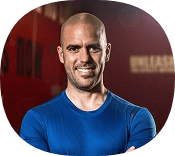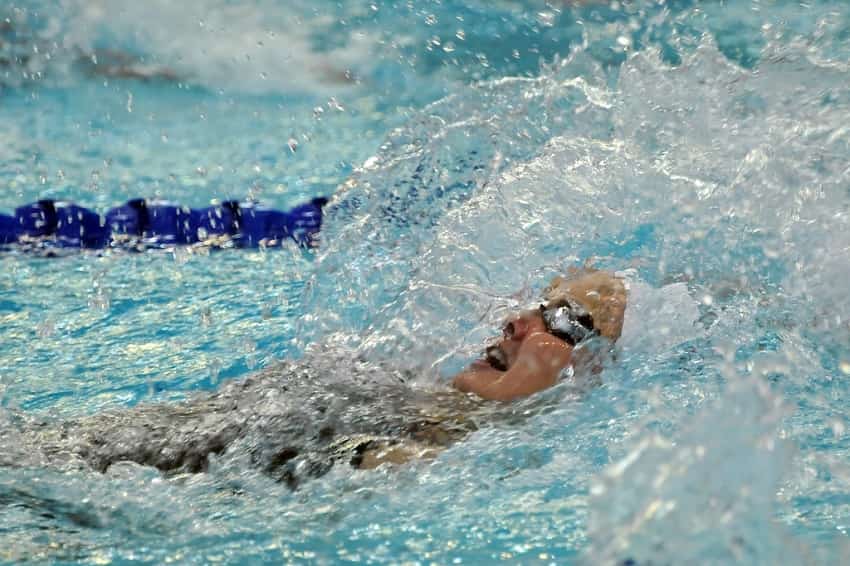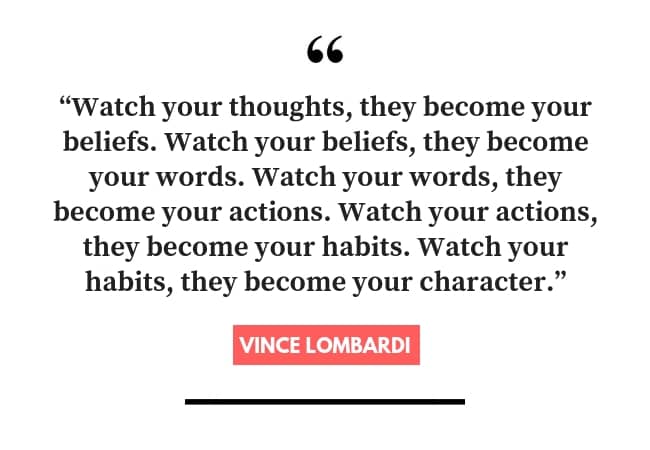One of my coaches was fond of saying that you are either practicing good habits or bad habits, but you are always practicing habits.
To perform at our best, whether in training or competition, it is necessary to break bad habits and form more effective ones.
What is a habit?
A habit is an action we do almost automatically in response to certain situations. The reliability of that response is built through repetition over a period of time.
We all have habits that put limitations on our performance. Things such as not getting enough sleep, making poor food choices, breathing off the wall, saving up energy during sets or cutting cool downs short are all examples of limiting habits.
The first step to breaking bad habits and building new ones is to understand our patterns of behavior and what triggers them. The next phase is learning how to change our ingrained reactions, eventually giving us the opportunity to reinforce new responses and ultimately new behaviors.
How Does Yoga Help Us Change Our Habits?
Yoga challenges the brain and the body in an environment that heightens awareness. It is a mindful practice that gives us an opportunity to bring our attention to the present moment.
With practice we increase our self-awareness, patterns of thought become more clear, self-talk is changed and the time between stimulus and response increases.
How it Works
The following is an example of this process happens during a yoga practice.
The teacher asks us to move into chair, a challenging pose that requires a great deal of effort when done correctly. As we move into the pose he reminds us to keep our awareness on our breath, to notice thoughts without allowing them to steal our attention away from the present moment.
He instructs us to move outside of our comfort zone and we stay in the pose for much longer than I would like.
I begin to get distracted by thoughts of avoidance:
- “I can’t wait to come out of this pose.”
- “How much time until the class ends?”
- “Does this teacher know what he is doing?”
I begin to disempower these thoughts by resisting the temptation to engage with them or judge myself for having them.
Finally! We are guided into a forward fold and taken through a different series of poses. Then out of the blue I hear that dreaded word, CHAIR!
This time we are asked to sink a little deeper into it being reminded to witness our thoughts without attaching our attention to them.
Almost automatically I have similar thoughts of avoidance, but now those thoughts begin to pass with a little greater ease than the first time around.
As I accept my anguish I notice my self-talk with greater clarity.
- “You choose to come to this class, you don’t have to do this pose.”
- “You aren’t ready for this, take a break.”
I did choose to come to this class with the goal of strengthening both my body and my mind. So I take on the challenge of changing my self-talk.
- “This is the perfect pose to strengthen my glutes.”
- “I am strong enough to hold this pose and maybe even go a little deeper.”
All of a sudden my feelings of resistance lessen and focusing on my breath becomes more natural.
Phew! Forward fold comes around once again. I am beginning to develop a new love for this pose. But before too long the teacher utters that wonderful word once again, CHAIR!
Things change. When moving into the pose I find myself more willing to take on the challenge and it becomes easier to stay focused.
I am still tempted by similar thoughts, but there is now a space between the stimulus (chair) and my response. This space gives a greater opportunity to choose how I react, which in turn gives me a chance to practice new habits of thought.
This time I am not so anxious to come out of the pose. We eventually transition into a few more poses before lying on our backs in the final resting pose of savasana.
Applying This Process Off the Mat
By going through this process in an intentional and mindful way our ability to apply the same principles to other patterns of thought and habits becomes much easier.
Choose a habit you want to change.
Use your self-awareness to understand what triggers that behavior.
Understand the self-talk that follows and identify ways of adjusting your responses.
Finally where the rubber really hits the road is giving yourself the time between stimulus and response to make a different choice.
Consistently practicing those choices will develop new habits putting you on a more direct path to reaching your goals.
About Jeff Grace

Jeff offers a series of online yoga classes for individuals and teams at his website, Swimming-Specific Yoga. Click here to learn more about how yoga can help you swim faster in the water this season.















